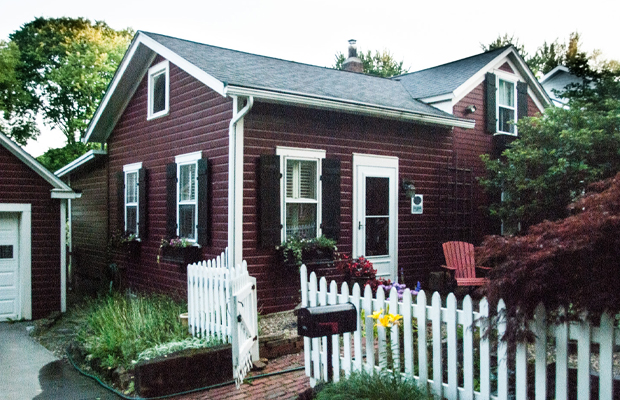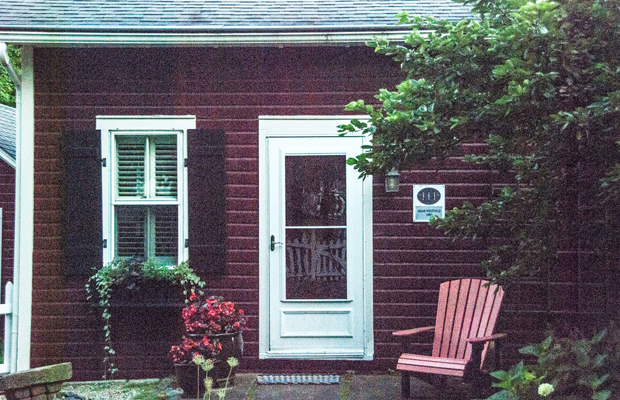Thurs, Nov 13, 7:00pm at Barlow Community Center. Dr. Megan Shaeffer discusses the history and archaeology of Wood Hollow Metro Park
Adam Westfield House


This clapboard house was built in three sections during three different time periods. The earliest is the central core, followed by a small addition with a cat slide or saltbox roof (rarely seen in 19th century Hudson homes). A large addition was later added to the east of the central core.
Narrow clapboards cover all sections extending to the ground, so no foundation is visible. The front door is original. The cottage gardens add charm to this old house, so much so, that it has twice been on the Hudson Home and Garden Tour.
This area was originally part of the Heman Oviatt Farm. In 1839, it was owned by Western Reserve College. The land was undeveloped until Schuyler Chamberlain, a Hudson native and farmer, bought 11-plus acres from Laura Frost and subdivided the property into 30 lots.
William Smith, a Civil War Veteran, bought this lot and then sold it to Thomas McCauley. McCauley sold it to Adam Westfield, who built the house. Westfield was from England and was sexton of Hudson Cemetery. William Brenzie, a farmer and horse-and-buggy mail carrier, bought the house in 1907.
Elm Street was originally lined with magnificent elm trees before the blight, but the street still has a beautifully preserved, original streetlight.